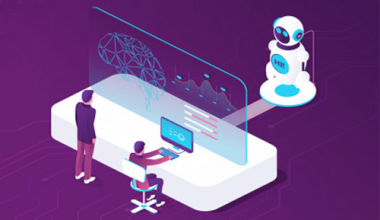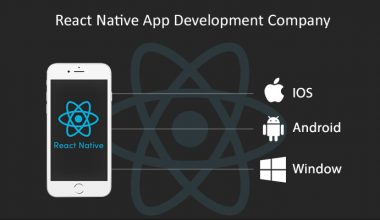
Artificial Intelligence (AI) is transforming industries at an incredible pace. One of the most debated topics today is the competition between open-source language models and proprietary language models. Businesses, researchers, and developers must decide which model best suits their needs. But which is the right choice?
This blog explores the advantages, limitations, and key differences between open-source and proprietary AI models. Understanding this battle can help companies make informed decisions when integrating AI into their operations.
What Are Open-Source Language Models?
Open-source language models are AI-powered models made publicly available for anyone to use, modify, and distribute. These models promote transparency and innovation. Developers can customize them based on specific needs. Examples of popular open-source models include:
- LLaMA (Meta)
- Falcon (Technology Innovation Institute)
- Mistral AI
- BLOOM (BigScience Project)
Advantages of Open-Source Models
- Free and Accessible – Anyone can use and modify these models, reducing development costs.
- Community Support – A large community contributes to improvements, bug fixes, and security updates.
- Customization – Developers can fine-tune these models for specific business applications.
- Transparency – Users can audit the source code to ensure there are no hidden biases or security risks.
Limitations of Open-Source Models
- Resource-Intensive – Running large AI models requires expensive hardware and high computational power.
- Limited Commercial Support – Unlike proprietary models, open-source solutions often lack dedicated customer service.
- Security Risks – Publicly available models may expose vulnerabilities to hackers.
What Are Proprietary Language Models?
Proprietary language models are AI models owned by companies and made available through paid licenses or API access. These models often provide superior performance due to their extensive training on high-quality datasets. Some leading proprietary AI models include:
Advantages of Proprietary Models
- Higher Accuracy – These models often undergo rigorous testing and fine-tuning.
- Better Security – Companies invest heavily in data protection and compliance.
- Optimized for Business – Many proprietary models include enterprise-grade features and APIs.
- Scalability – Cloud-based AI services allow businesses to scale their operations effortlessly.
Limitations of Proprietary Models
- High Costs – Subscription fees and API costs can be expensive for startups and small businesses.
- Limited Customization – Users have little control over the model’s training data and inner workings.
- Vendor Lock-in – Businesses become dependent on a single provider, making migration difficult.
Open-Source vs. Proprietary Models: A Detailed Comparison
| Feature | Open-Source Models | Proprietary Models |
|---|---|---|
| Cost | Free or low-cost | High subscription fees |
| Customization | Fully customizable | Limited customization |
| Performance | Varies based on user training | Generally high accuracy |
| Security | Potential risks | Enhanced security |
| Scalability | Requires on-premise hardware | Cloud-based and scalable |
| Support & Maintenance | Community-driven support | Dedicated commercial support |
Which Model Should You Choose?
Choosing between open-source and proprietary language models depends on your specific needs. Here are some scenarios to consider:
When to Choose Open-Source Models
- If you need custom AI solutions tailored to your business.
- If your company has in-house AI expertise and infrastructure.
- If cost is a major factor, and you prefer free or affordable solutions.
- If you prioritize data privacy and want full control over your AI model.
When to Choose Proprietary Models
- If you need state-of-the-art AI capabilities without heavy customization.
- If you prefer hassle-free deployment with cloud-based services.
- If you require enterprise-level support and security compliance.
- If scalability is essential and you want a model optimized for performance.
The Future of AI Models: A Hybrid Approach?
The AI landscape is evolving, and businesses are adopting hybrid AI models that combine both open-source and proprietary technologies. Companies can use open-source models for internal projects while leveraging proprietary models for commercial applications.
For example, many AI startups use open-source models for research and testing while integrating proprietary APIs for real-world business solutions. This hybrid approach allows businesses to optimize costs while maintaining high performance.
Statistics Supporting AI Growth
According to Markets and Markets, the global AI market is expected to grow from $150 billion in 2023 to $1.5 trillion by 2030. This rapid expansion highlights the increasing reliance on AI tools, both open-source and proprietary.
Conclusion: The AI Battle Continues
The battle between open-source language models and proprietary language models is far from over. Open-source AI promotes innovation, while proprietary AI ensures security and business-ready features. Each option has unique benefits, and businesses must carefully evaluate their needs before making a decision.
The key to success lies in adopting the right AI strategy for your organization. Whether you choose open-source flexibility or proprietary security, AI will continue shaping the future of technology.
Are you ready to integrate AI into your business? Explore your options and stay ahead in the AI revolution!




